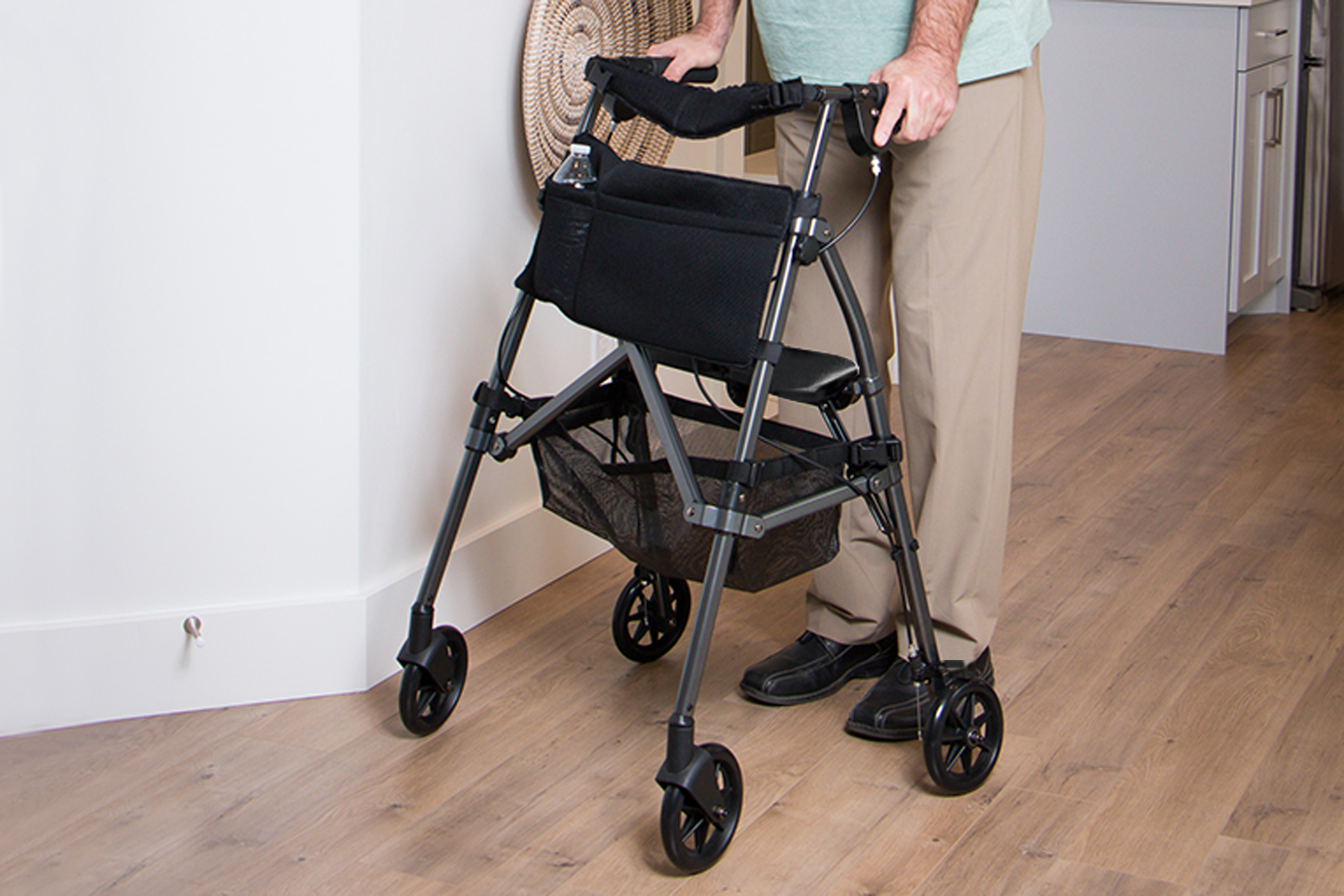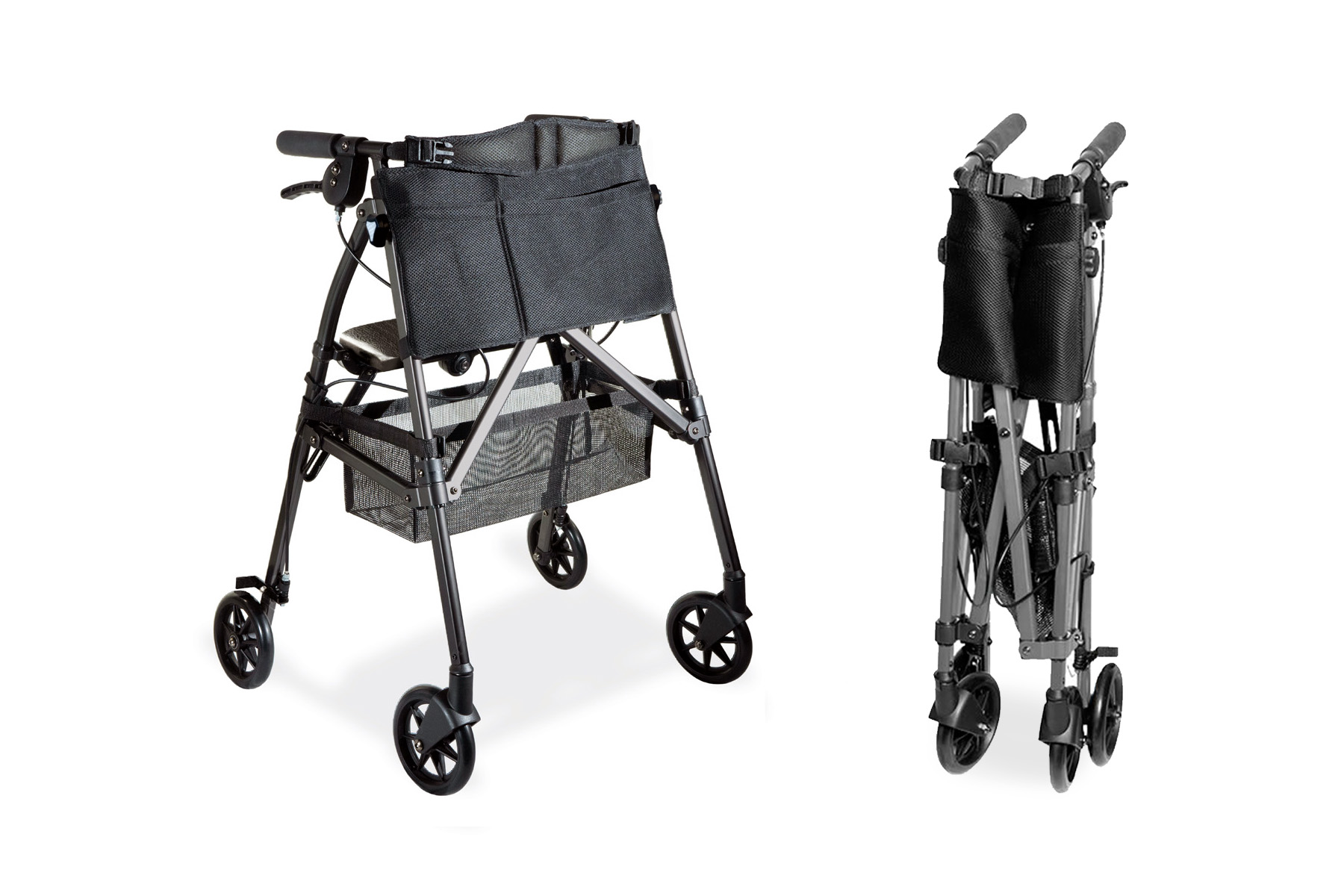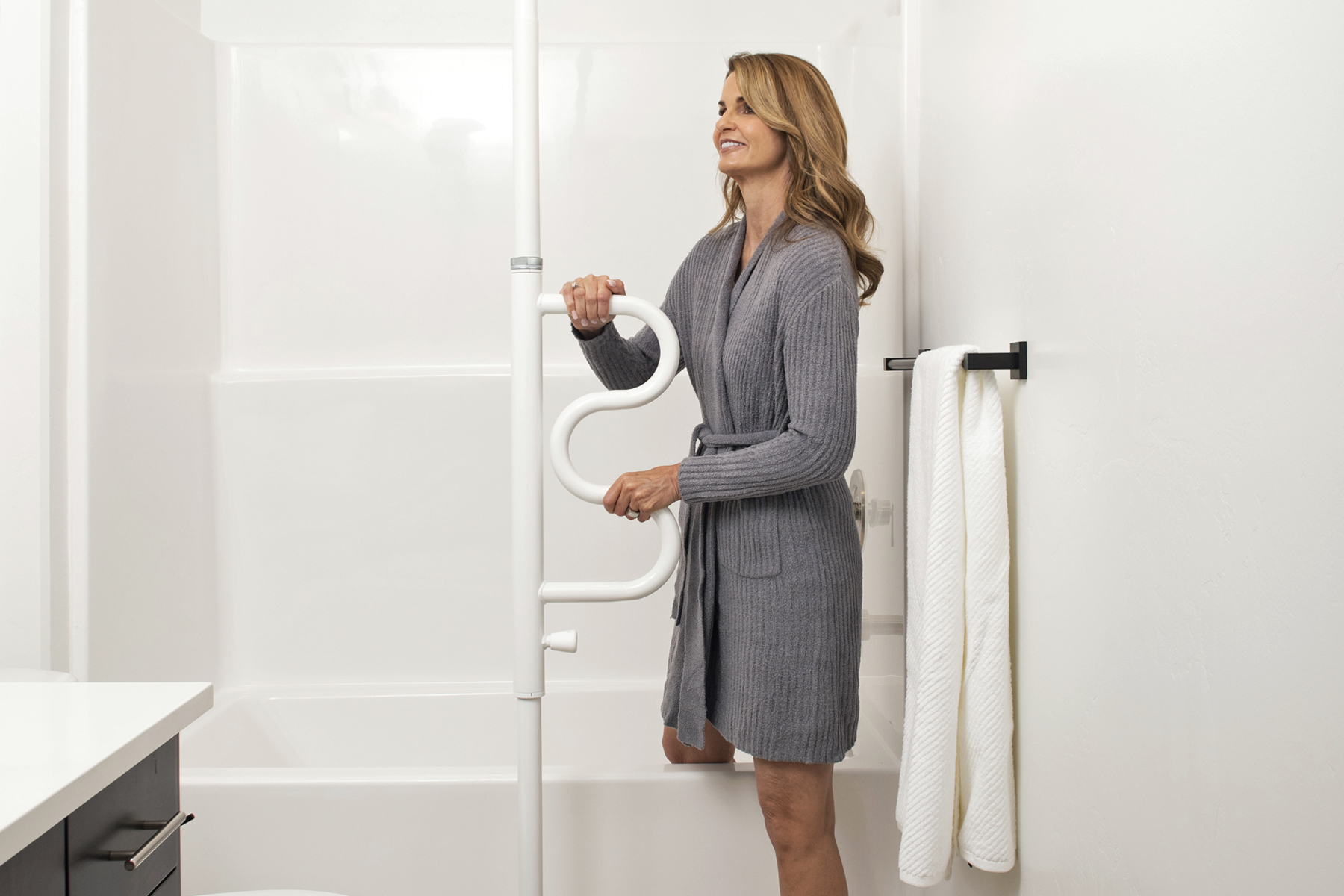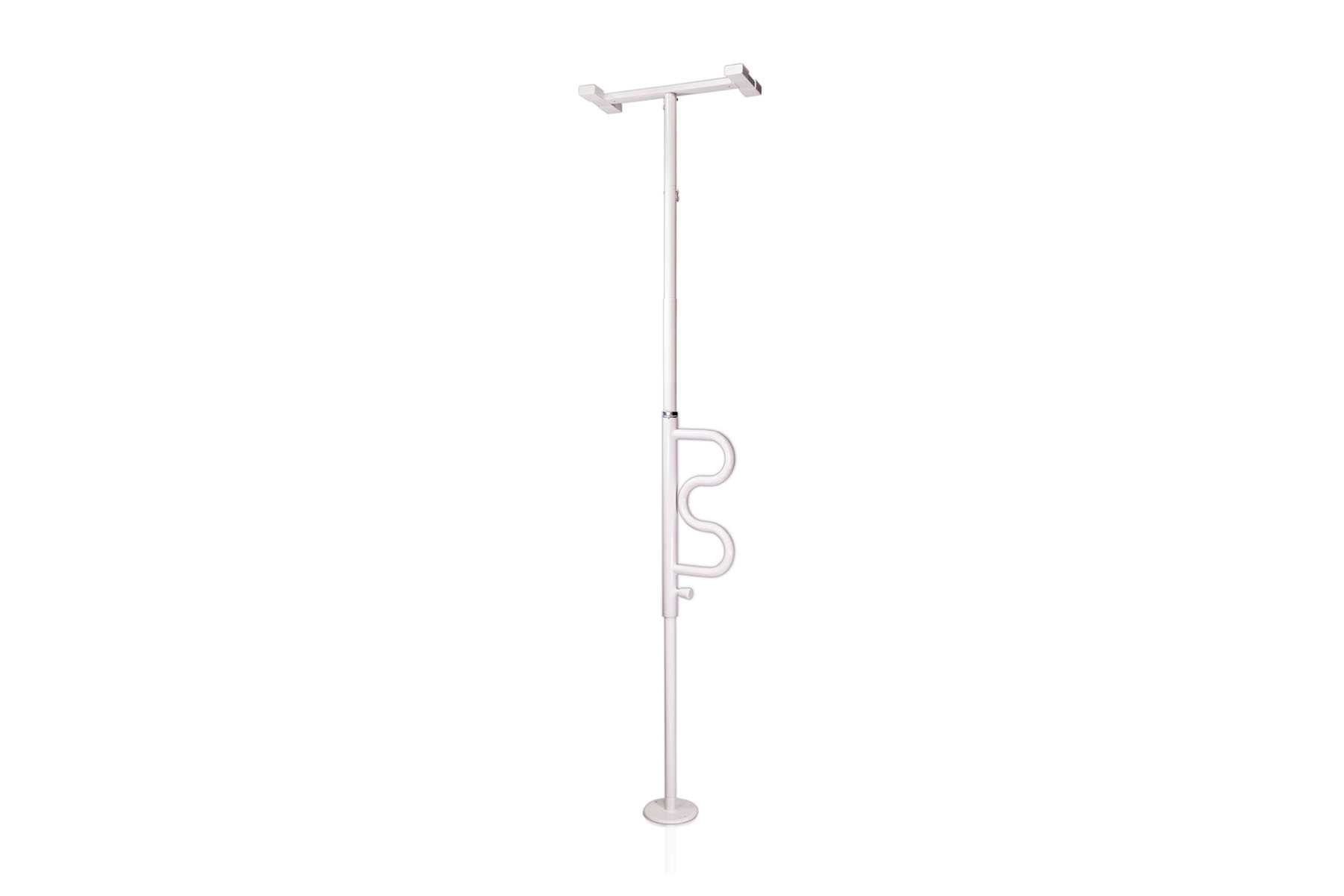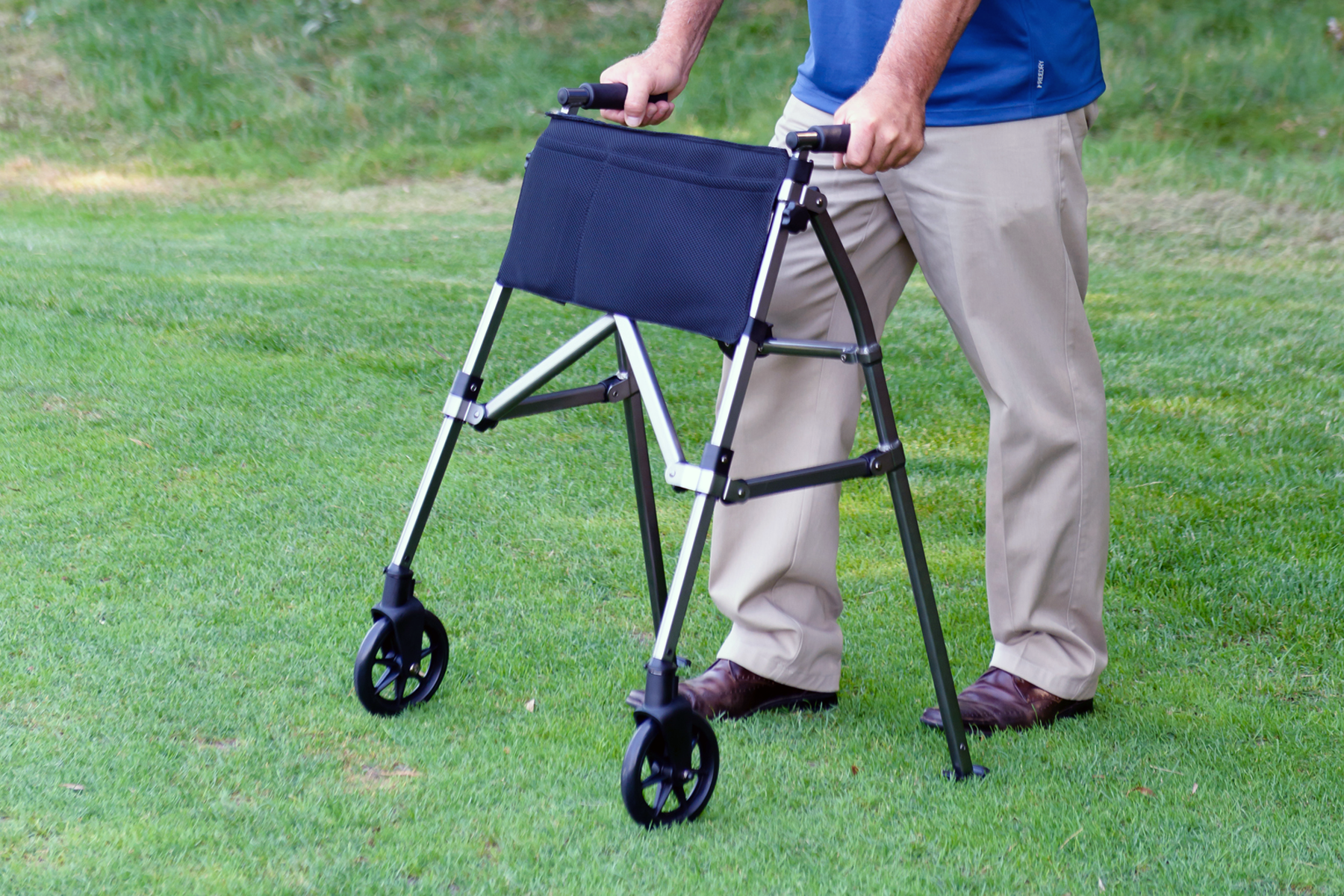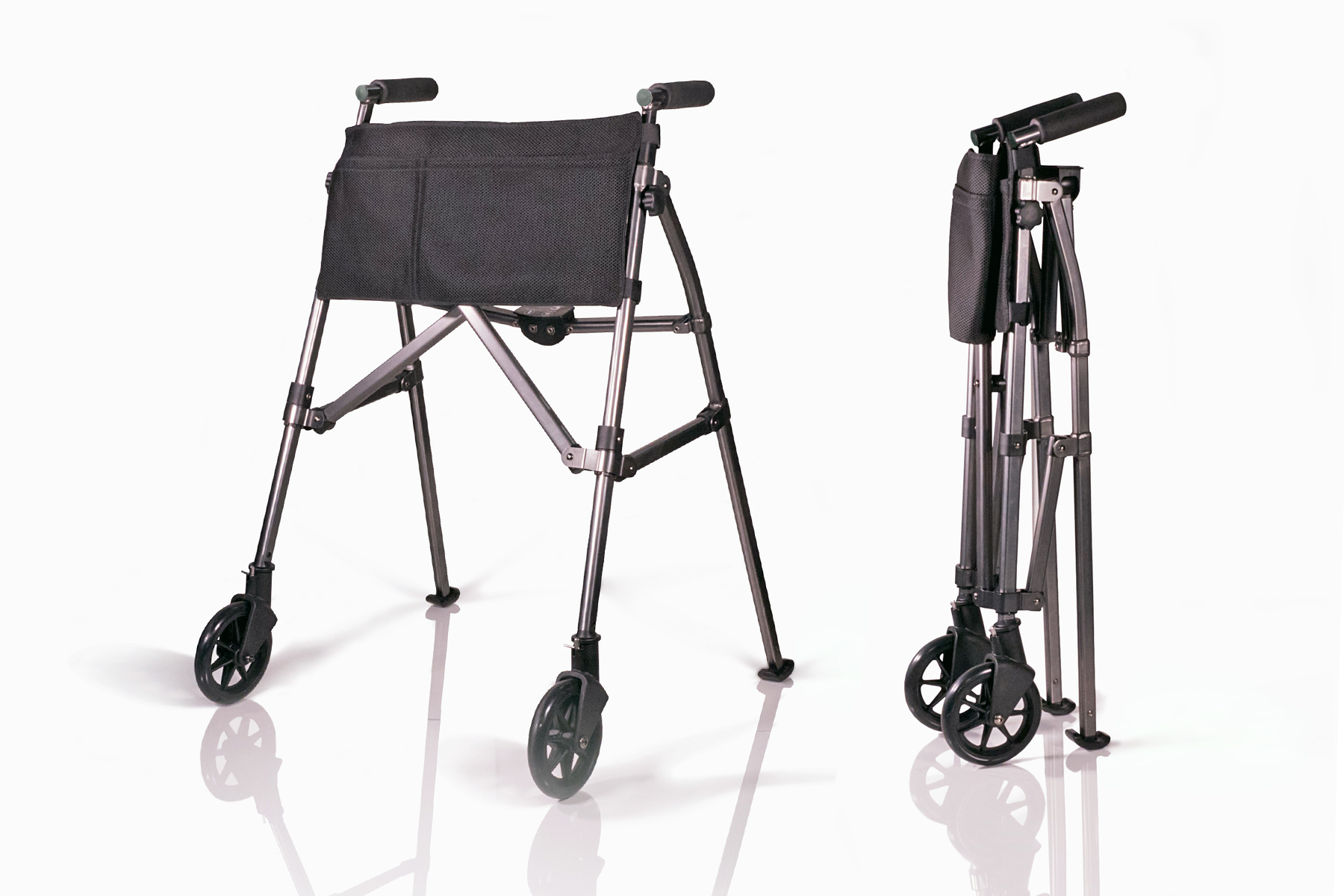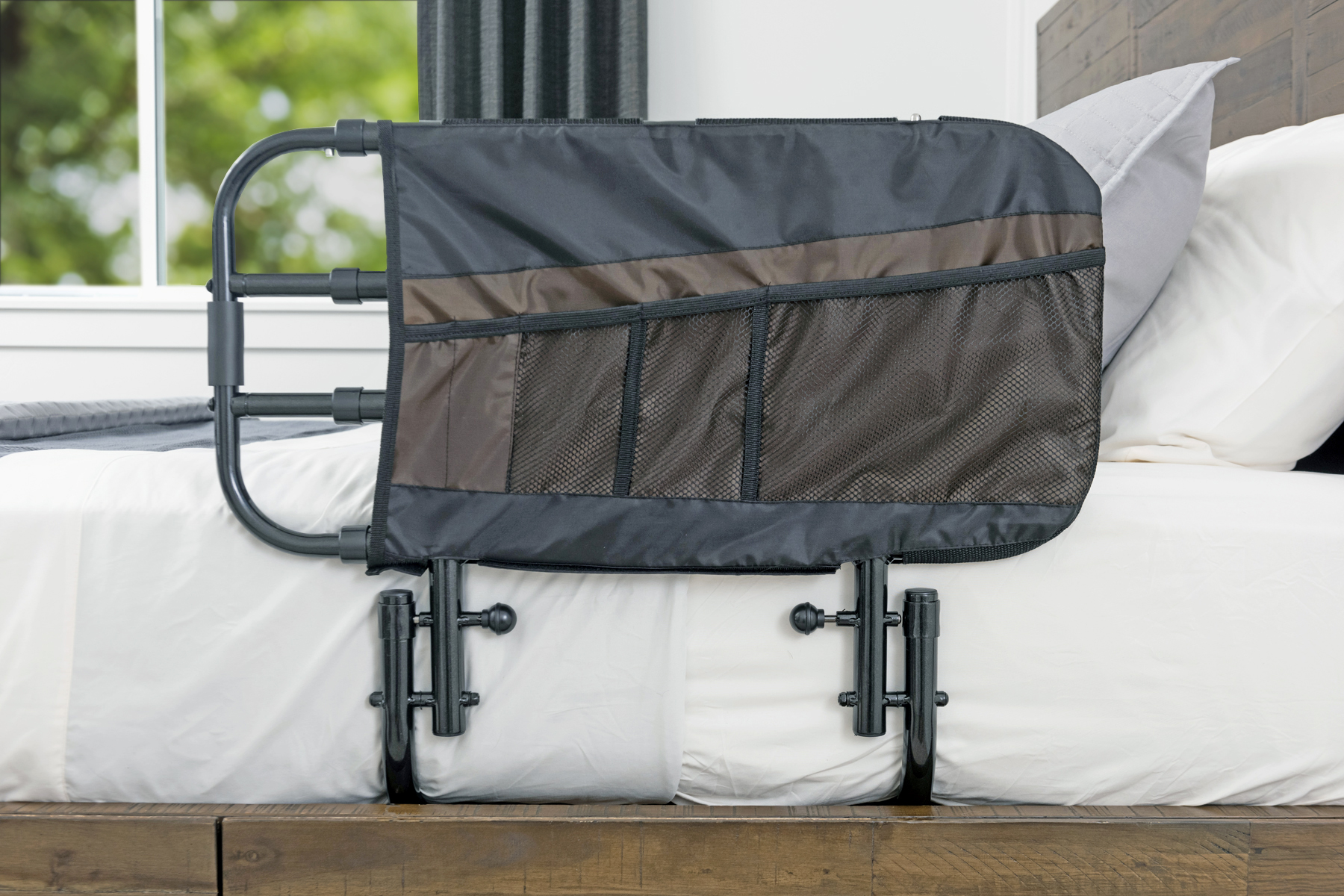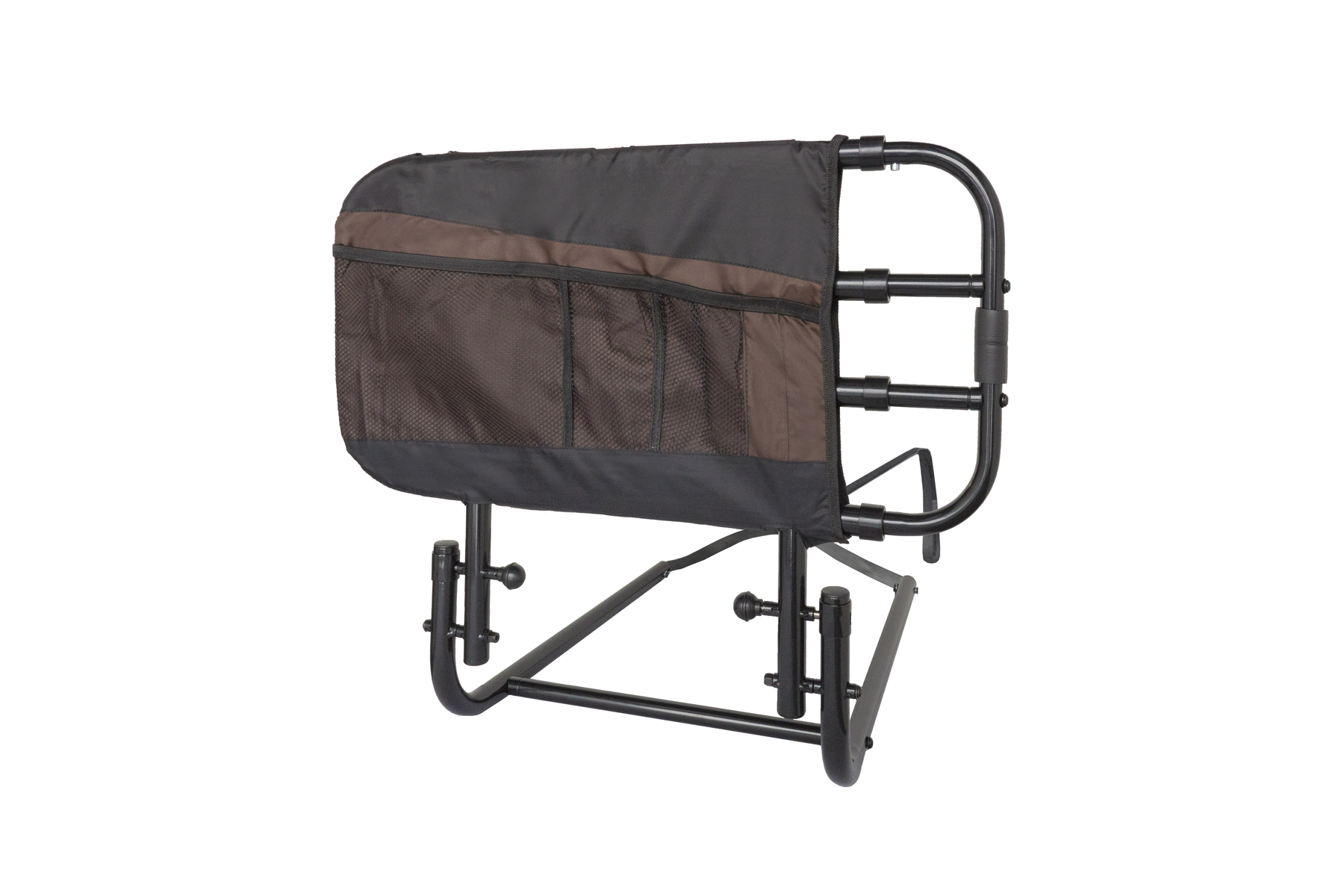As we age, it’s important to stay active and engaged in order to maintain our physical and mental health. Regular exercise for older adults can not only improve overall fitness levels, but also reduce the risk of disability or chronic conditions, as well as enhance quality of life. Participating in regular physical activity has been shown to have a positive effect on both physical and mental wellbeing for seniors. From improved cardiovascular health to increased energy levels, there are many benefits associated with staying active later in life. Whether you choose low-impact activities such as walking or yoga or more intense exercises like weight training and swimming, staying physically active is essential for maintaining your strength, balance, flexibility and mobility into old age.
Subscribe to our Newsletter
Error: Contact form not found.
Physical Benefits of Staying Active
Regular physical activity has been shown to have a range of benefits for seniors, from improved cardiovascular health and increased energy levels to enhanced strength and balance. Staying active later in life is essential for maintaining your physical fitness, as well as reducing the risk of disability or chronic conditions. Participating in regular exercise can help improve overall wellbeing by promoting stronger muscles, better posture and coordination, and greater flexibility.
Low-impact activities such as walking or yoga are ideal for those with joint pain or mobility issues, while more intense exercises like weight training and swimming offer a more vigorous workout. Regardless of the type of exercise you choose, staying physically active into old age is important for keeping healthy both mentally and physically.
The Effects on Mental Wellbeing
Regular physical activity has been found to be associated with a reduced risk of depression and anxiety in seniors, and can also provide mental wellbeing advantages. Exercising on a regular basis can help improve cognitive functioning, reduce stress levels, and enhance overall mental wellbeing. Studies have shown that people who are physically active in older age tend to report better moods, greater self-esteem, and higher life satisfaction than those who are less active. The ability to remain socially connected is another important factor for maintaining senior mental health.
Exercise can also help keep the mind sharp by stimulating the body’s production of endorphins – hormones which are responsible for creating feelings of positivity and happiness. Aside from preventing depression and anxiety in seniors, regular physical activity may also reduce the risk of developing dementia and other age-related cognitive conditions. Studies have shown that engaging in moderate-intensity exercise at least three times a week can help improve memory function, language comprehension, decision-making skills, as well as overall cognitive performance. This type of exercise has even been found to delay age-related declines in motor coordination by up to five years!
See how 86-year old Tom Pontac stays active with the help of his Let’s Fly Rollator, despite his battle with Parkinson’s Disease
Increasing Social Interaction and Improving Mood
Regular exercise can not only improve physical health, but it can also enhance quality of life by increasing social interaction and improving mood. Participating in physical activities such as walking groups or team sports is a great way to stay connected with others and foster meaningful social connections. Studies have shown that seniors who are more socially active tend to report better mental wellbeing than those who are less physically active.
Exercise has been found to be an effective way for seniors to boost their mood, particularly for those dealing with isolation or loneliness due to limited mobility or not having family close by. Participating in group activities provides an opportunity for seniors to engage with others, build supportive relationships, and find meaningful ways to connect with members of their community. Exercise can also promote positive emotions through increased energy levels, improved sleep quality, reduced stress levels, better posture, improved self-confidence, greater flexibility and enhanced coordination. All these factors work together to increase overall life satisfaction and improve quality of life for older adults.
If getting out of the house has become difficult due to limited mobility, low strength, or the fear of accidents and falling, assistive devices may be needed. Walkers and rollators are excellent tools to aid in walking, standing, and transferring. Stander’s family of EZ Fold-N-Go Walkers and Rollators are specifically designed for those who desire to maintain a level of activity outside of the home. The lightweight and compact design of these walkers make them easier to handle without assistance, thus increasing mobility and confidence when leaving the house.
Reducing the Risk of Chronic Disability
Regular exercise is an important part of maintaining a healthy lifestyle as we age, and can help reduce the risk of disability or chronic conditions in older adults. Studies have shown that seniors who engage in regular physical activity are less likely to experience falls, hospitalization and mobility impairments than those who are inactive. Participating in low-impact activities such as walking, swimming and yoga can help build strength and improve balance, while more intense exercises like weight training or High-Intensity Interval Training can promote flexibility and enhance overall physical fitness.
Strength training specifically has been found to be especially beneficial for reducing the risk of disability or chronic conditions in seniors. Regular strength training exercises help to strengthen bones, muscles, ligaments and tendons which can reduce the risk of osteoporosis and arthritis. Studies have also found that seniors who participated in regular strength training exercises experienced improved balance as well as better posture, coordination and mobility – all key factors for reducing the risk of falls or other injuries due to decreased agility.
In addition to promoting physical health benefits such as increased strength and improved balance, regular exercise can also help reduce the risk of developing certain chronic diseases in seniors. Research has indicated that engaging in moderate-intensity aerobic activity at least three times per week can lower blood pressure levels, improve cholesterol levels, reduce insulin resistance (a precursor for type 2 diabetes) and even decrease symptoms associated with asthma. Other studies have also suggested that engaging in regular physical activity may protect against certain types of cancer such as colon cancer.
Tips for Staying Active
There are plenty of ways seniors can stay active safely in order to reap the benefits associated with staying physically fit later in life. Caregivers should both encourage and monitor their loved ones activities to ensure that physical activity is both being maintained and performed in a safe manner. As you look to get active, here are a few ideas to keep in mind:
1. Start slowly: Seniors should start with low-impact activities such as walking or swimming, and gradually increase the intensity over time to reduce the risk of injury.
2. Talk to a doctor: Before starting any new physical activity program, seniors should consult with their physician to ensure they are healthy enough for exercise and understand any possible restrictions that may be in place due to existing medical conditions.
3. Find an exercise buddy: Exercise is more enjoyable when shared with friends or family members, so it can be helpful for seniors to find someone who will keep them motivated and encourage them on days where they feel less inclined to get moving.
4. Choose activities that you enjoy: Staying active doesn’t have to mean lifting weights at a gym – there are plenty of other ways for seniors (and caregivers) to stay fit without sacrificing fun! From joining a dance class or playing board games at home, there are many creative ways older adults can maintain an active lifestyle without feeling bored or overwhelmed by monotonous tasks like running on a treadmill for hours every day.
5. Make safety a priority: Caregivers should make sure that their elderly loves take all necessary precautions before engaging in physical. This includes the implementation of any assistive equipment that may be required.
The Bottom Line
Exercising regularly is essential for senior citizens looking to maintain their physical and mental health. Regular physical activity can reduce the risk of developing chronic conditions, such as diabetes and osteoporosis, and can also help improve balance and coordination. It has also been found to be associated with a reduced risk of depression and anxiety in seniors. Participating in regular exercise can help improve cognitive functioning, reduce stress levels, and enhance overall mental wellbeing. Staying physically active into old age is important for keeping healthy both mentally and physically, as well as increasing social interaction which is vital for maintaining senior mental health.
Overall, staying physically active later in life is a key factor for maintaining strength, balance, flexibility and mobility into old age. Caregivers should both encourage their elderly loved ones activities while ensuring they are performing them safely. Ultimately exercising regularly provides numerous health benefits that contribute positively towards senior citizens’ overall health and wellbeing, and with the help of Stander’s mobility and home safety aids, seniors can confidently stay active for years to come!

